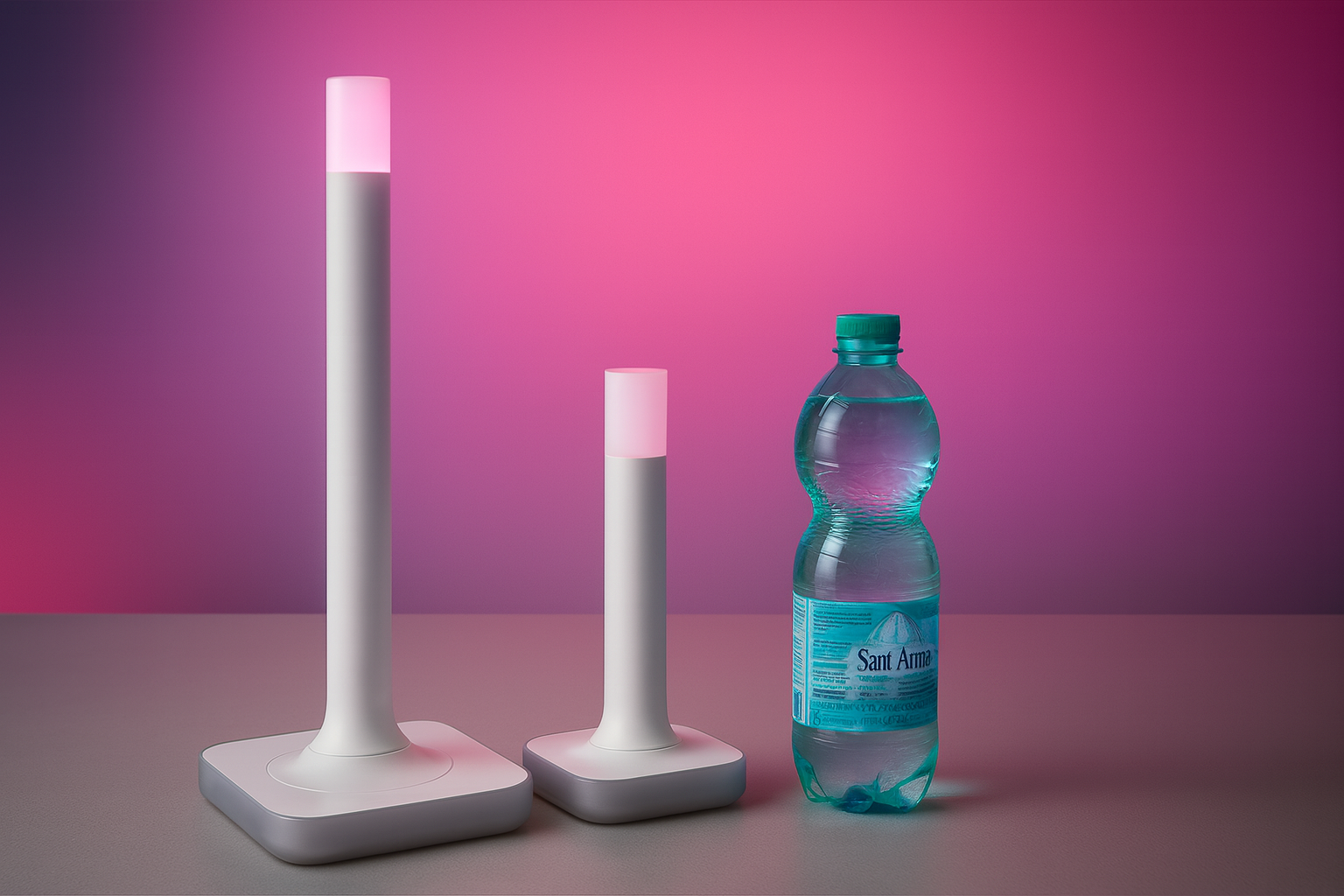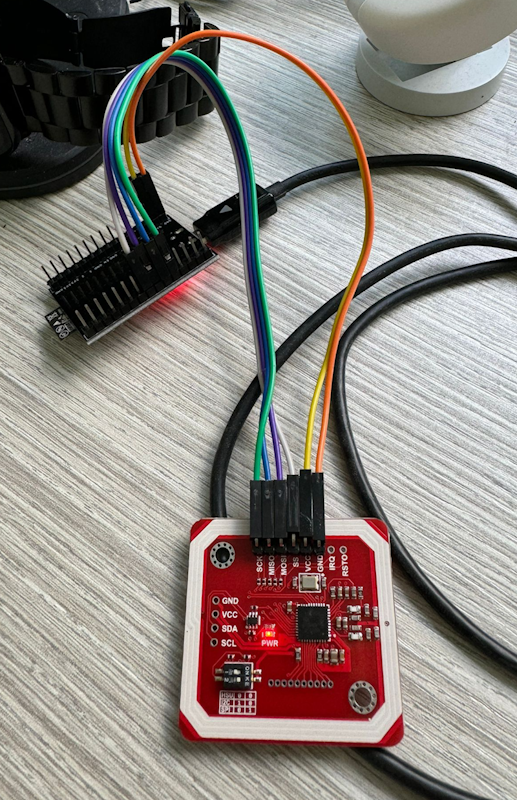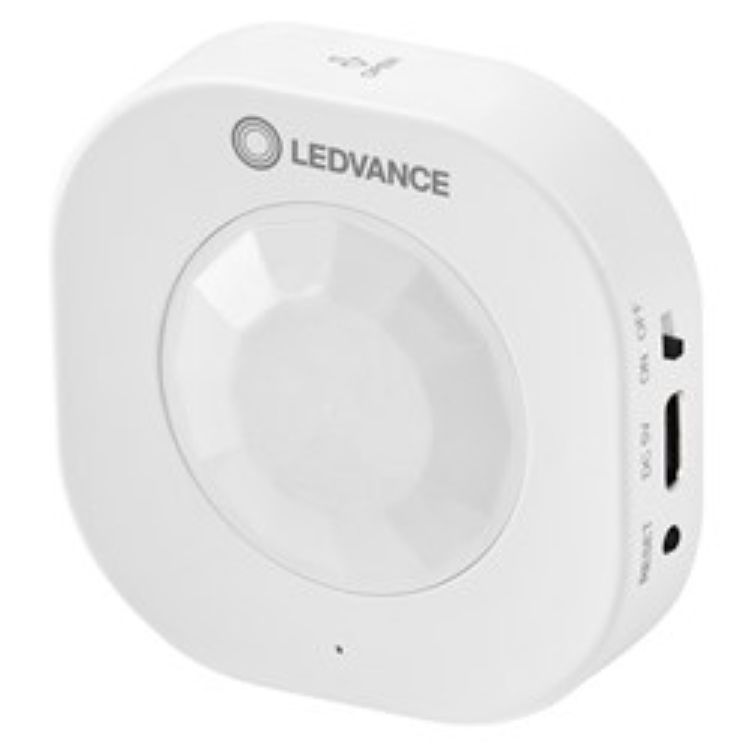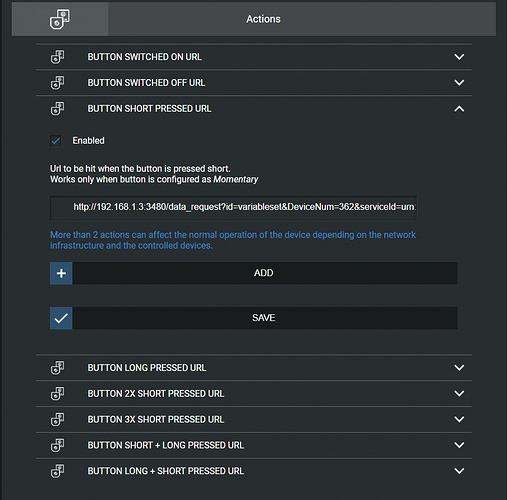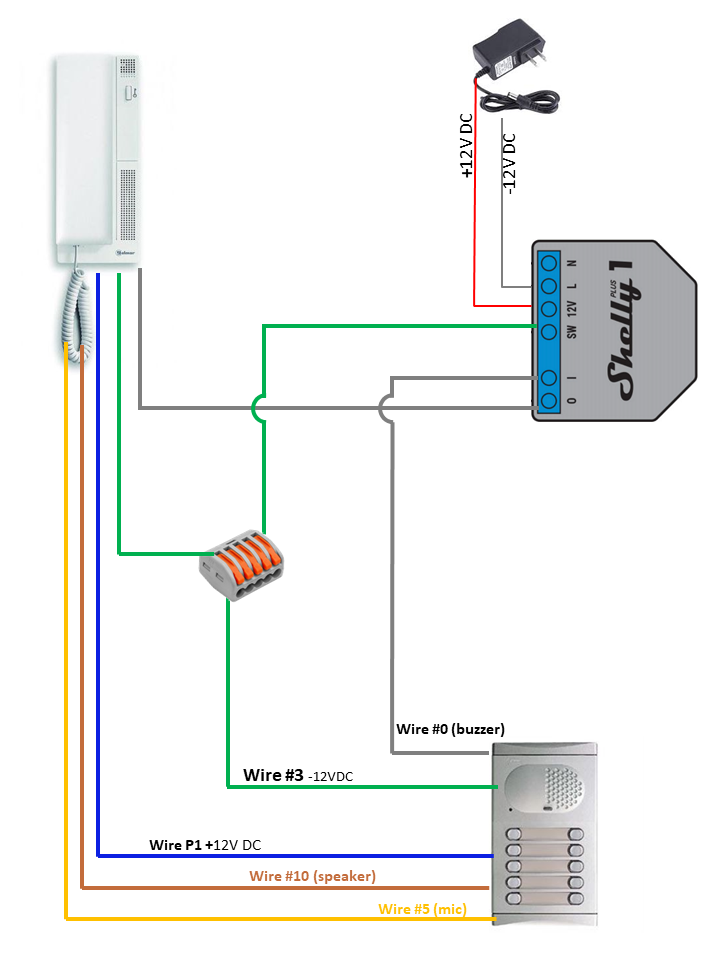ESP32 / ESP8266
-
I have used them in the past, but have since moved those applications to Shelly devices for the most part. I don't use the Lua functionality and never did; I always found it more comfortable just to work in the Arduino IDE with C++. They have since been relegated to Tasmota support in Reactor's MQTTController. I switched because the compact packaging of the Shelly devices, which includes power supply, reduces the parts count and improves appearance of the solution (particularly with building inspectors, where you can point them to the UL listing and they move along).
But, I've been playing with ESPresence, and that's interesting.
I've done some other projects with them... perhaps the most enduring is a Wemos D1 Mini that runs the star at the top of our Christmas tree, twinkling LEDs randomly for a wife-pleasing effect. And I am currently replacing the garbage electronics/controls in a Peltier-based beverage refrigerator, which may stay in that role or be upgraded to cigar humidor if I get my wish. I also wrote an LED matrix fire simulation (that's in my Github) that works on ESP32s, but I don't use any that way at the moment.
-
I’m mostly on tasmota and Shelly because it’s easier than coding, but I’ve done a couple of things in the past (in arduino/c++ as well). You all know I’m a huge fan of Shelly since a long time.
Right now I’m toying with espresence and bt relay via esphome and I’m moving most of my moderately complex login to MSR. I’ve learnt how to write complex expressions lately, so I’m moving lots of logic via mqtt to rules and expressions. I’ve also generated mqtt messages from existing devices/integrations to easily have devices mapped under MSR.
Next things on my journey are templates to get esphome Bluetooth relay for home assistant directly into MSR, but that’s another story.
Long story short: no need to write custom firmware, unless you have very specific use cases.
-
@therealdb said in ESP32 / ESP8266:
unless you have very specific use cases
Thanks for that. In my case, I do!
-
@therealdb said in ESP32 / ESP8266:
unless you have very specific use cases
Thanks for that. In my case, I do!
@akbooer said in ESP32 / ESP8266:
@therealdb said in ESP32 / ESP8266:
unless you have very specific use cases
Thanks for that. In my case, I do!
You may be surprised, but esphome and tasmota have plenty of ready to use templates for sensors.
-
@akbooer said in ESP32 / ESP8266:
So you flash Shelly devices?
No... where I've previously used an ESP8266 or ESP32 with a relay (output) or contact closure (input), I switched to Shelly. I'm only flashing various ESP models, and things that look like ESPs (e.g. Sonoff plugs).
-
@therealdb said in ESP32 / ESP8266:
You may be surprised, but esphome and tasmota have plenty of ready to use templates for sensors.
You’re right. There’s something that looks useful here:
I just have to read up more about their ecosystem…
-
@therealdb said in ESP32 / ESP8266:
You may be surprised, but esphome and tasmota have plenty of ready to use templates for sensors.
You’re right. There’s something that looks useful here:
I just have to read up more about their ecosystem…
@akbooer said in ESP32 / ESP8266:
I just have to read up more about their ecosystem…
I'm in that age (with quite a busy schedule for work) that I'm trying to glue together instead of re-write from scratch. in fact, I have less things to try than in the past. plus, all these projects are highly maintained and I could concentrate on my own logic

-
@therealdb said in ESP32 / ESP8266:
You may be surprised, but esphome and tasmota have plenty of ready to use templates for sensors.
You’re right. There’s something that looks useful here:
I just have to read up more about their ecosystem…
-
@akbooer I am using an ESP32 with a water passage valve, which generates pulses, and thus controlling the water flow in my house, measuring with a small margin of error of liters, but it is very close to what the company that supplies it charges me.
Great to know that. Did you program that, or use some third-party code?
-
Great to know that. Did you program that, or use some third-party code?
Third-party code, using Arduino I uploaded the code to program the WiFi on the board, and then installed the drives on Hubitat, very simple and fast.
The part that was a little more complicated was the tuning of the valve, I used another digital meter for the initial reading and then adjusted in a simple way the conversion from pulses to liters that appears in Hubitat.
(https://www.amazon.com/dp/B007NHS9M4?psc=1&ref=ppx_yo2ov_dt_b_product_details)
Finally, I generated the device for the MSR, and then the world of play started, all exported to influxDb and Graphana.

